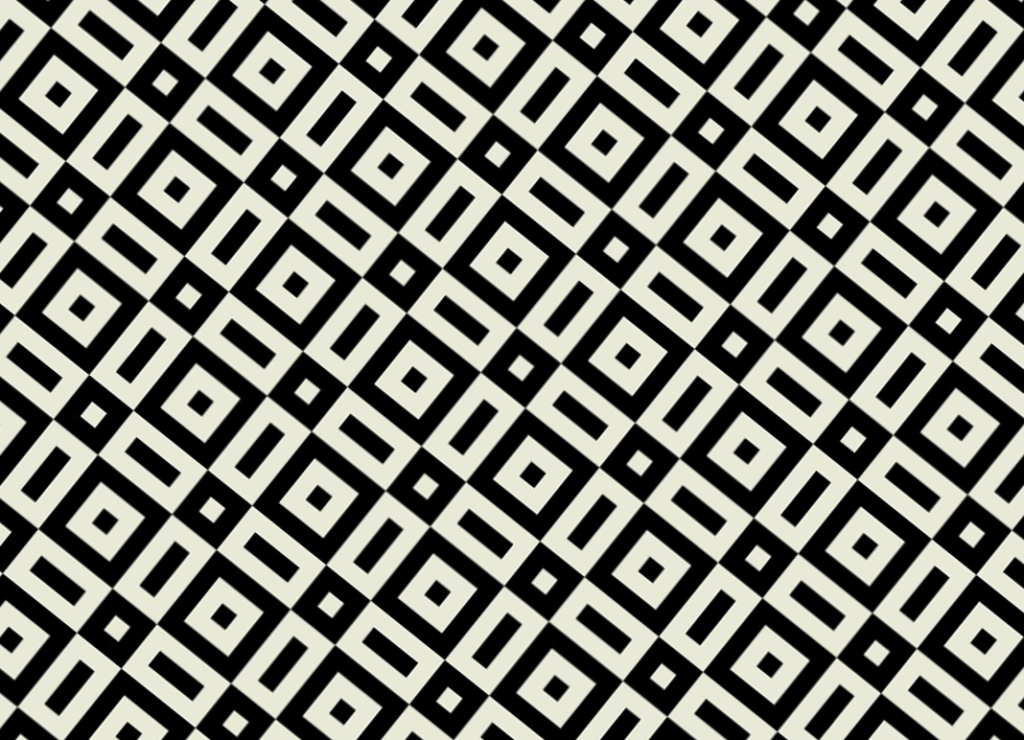This introduction will take a look at some key ideas behind recognizing and understanding visual patterns.
A pattern is a perceived regularity in a particular domain (e.g., a visual domain). Keith Devlin, a professor at Stanford University, said that mathematicians of all kinds now see their work as the study of patterns. In the physical sciences, the recognition of patterns is a key driver of scientific inquiry. In recognition of this, the National Science Teachers Association (NSTA) has classified patterns as a concept crosscutting all the sciences.
Five centers of the brain are engaged when you do math – two of those centers are visual centers. Research has shown that (1) visuospatial abilities can be developed, (2) visuospatial abilities play an essential role in the development of advanced mathematical abilities, and (3) visuospatial abilities are better predictors of success in STEM careers than SAT scores.
Einstein described his thought processes as visually based, saying that words “do not seem to play any role in my mechanism of thought”. Leonardo da Vinci said that “Art is the queen of all sciences, communicating knowledge to all the generations of the world”. Ray Kurzweil has argued that pattern recognition and intelligence are essentially the same thing. Expertise, in essence, is the familiarity of patterns of a specific field.
This introductory course will explore how symmetry and tessellation can be used in visual patterns.
